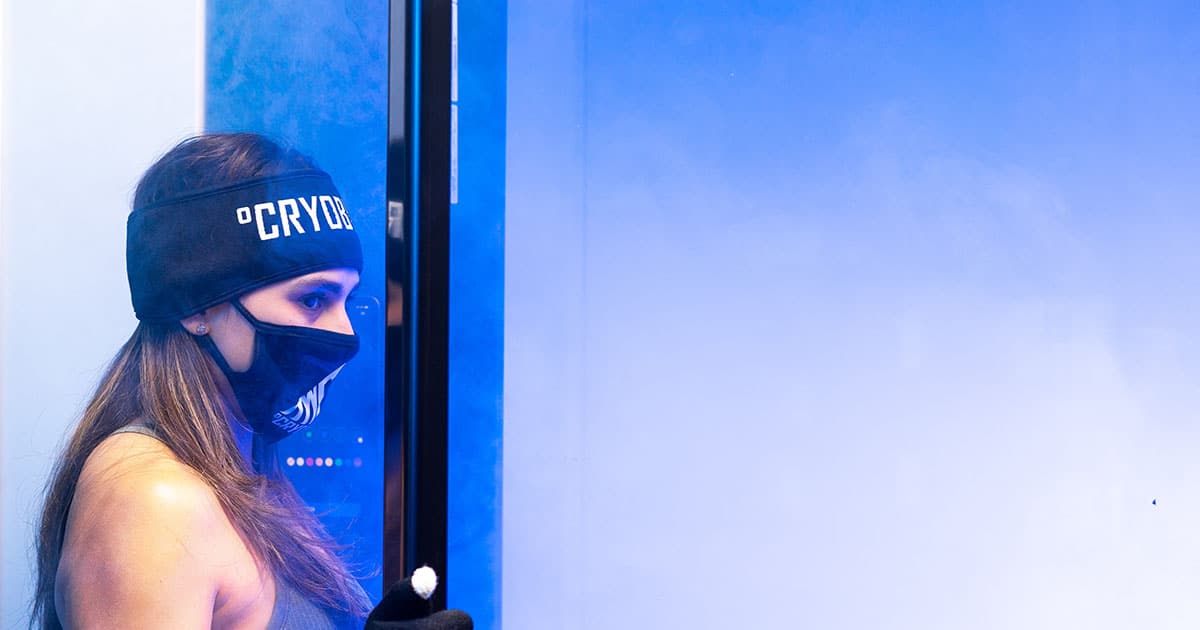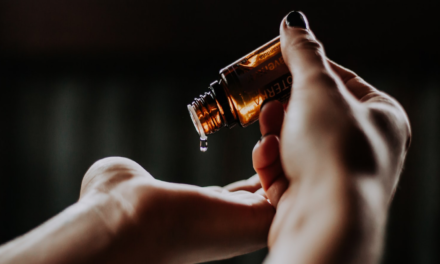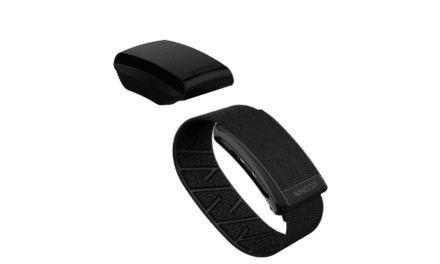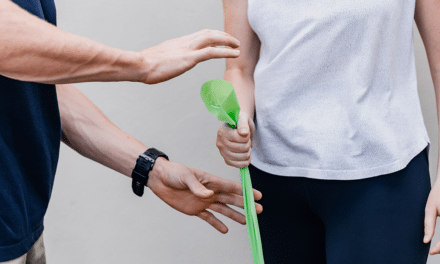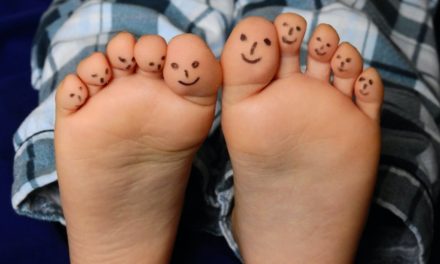These three types of therapy have shown to have incredible benefits on the body’s health. Today, I want to explore these therapies to a greater extent and speak about my experiences using them. Some of the information has been covered in previous posts; however, I hope to add some more information to still be of use to you. Before I begin, it is essential to gradually build up to these therapies as diving all in can negatively affect your body. They can offer many benefits if done correctly and within your body’s limits, helping me feel fantastic and energised daily. The article I will utilise to inform this post is Dave Asprey’s “Heat, Cold, Light and What to Skip to Keep Your Immune System Strong.”
What is Hormesis?
Hormesis refers to using small doses of stress and stressors to build up your adaptability to stress and help you become more resilient over time. Things like heat, sun, cold, physical activity and illness can overwhelm your body and help it train its immune response to be more effective. Although, in small doses, they help to stimulate the adaptive response to stress and rejuvenate biological systems in your body. If not done with this in mind, overwhelming yourself with stress can overload your immune systems and cause exhaustion. Some research suggests that it can reduce oxidative stress, improve your immune systems, and enhance your mood.
This is one of my favourite techniques, and I use it in all areas of my life. When studying, watching lectures, or completing assignments for university, I will build up my strength by gradually increasing the time devoted to these assignments. As I continue to do this, I can complete tasks more effectively and dedicate more time to ensure success. Same with studying. I start with small bursts of studying sessions, and as I get to know the material more, I spend more time interacting with it and practising to ensure I am learning effectively. I have applied this principle to all areas of my life, and now I am not easily stressed out by stressful situations. I can handle many things and maintain a balance with exercising and recovery techniques to ensure my body remains relaxed and can perform optimally.
Infrared Sauna
I have covered the Infrared Sauna in a previous post, but to summarise, it is a type of sauna that utilises infrared light instead of solely heated saunas. I spent between 10 and 20 minutes using this device, but if you build up your resilience, you can spend 30 or even 40 minutes if you are comfortable. The good thing about it is that you can meditate, read, and listen to music while also getting the benefits of the sauna. It is said to improve mood, enhance sleep quality, strengthen your immune systems, and help your body clean out toxins. After I use the sauna, I make sure to drink plenty of water with a little bit of Himalayan salt to rehydrate myself with electrolytes because of all the sweat in the sauna.
Cold Therapy
Cold Therapy is something that I have done the least out of everything I will discuss in this blog. You can immerse yourself in ice-cold water, use a cryotherapy chamber to experience sub-zero temperatures, or use a cold shower (after having a warm shower, I spent around 2 minutes with it on a cold temperature. You will notice at first that any type of cold therapy is challenging. However, it feels fantastic to be in the cold once you adapt to the cold temperatures.
Like all other things, you need to build up your exposure gradually. I usually pair this with the Wim Hof Method and pay attention to my breathing to help myself relax. Some research has shown that cold therapy reduces inflammation, increases cellular antioxidants, strengthens your immune systems, and strengthens your nervous systems against stress. In one of Dave Asprey’s books, Super Human, he explains that 1 minute cold shower for just three days in a row can have powerful influences on your body. To get started, I would recommend incorporating the cold showers and, if you feel comfortable, experimenting with more intense cold exposure methods. Keeping the cold exposures brief and ensuring you can get warmer following cold therapy through warm showers, putting more clothes on, or using a sauna is also critical
Breathing and Fasting
Breathing is an integral part of my stress management routine. I practice the Wim Hof breathing technique and have experimented with Tummo Breathing and alternative nostril breathing. When meditating, I focus on inhaling for four seconds and exhaling for as long as it feels comfortable. When I am stressed, I practice deep breathing, and I have found that deep breathing when I am relaxing before sleeping helps me fall asleep much faster. Throughout the day, I occasionally notice my breathing and make sure I take a few deep breaths before continuing with my day. You can also pair deep breathing with any other therapy, such as during massages when you are in the sauna, to help enhance the benefits of the practice. I also deep breathe (as much as possible) during cardio or any exercise or resistance training. I would greatly encourage discovering the breathing techniques that help you feel amazing and consistently do them in various domains in your life.
I utilise something called intermittent fasting every day. It can have many forms, but I limit myself to a 6, 8, or 10-hour eating window and make sure that I am not eating or snacking outside of this window. Practising this type of fasting does not have the same risks associated with fasting for a few days. It honestly does not even feel like I am fasting most of the time, and it has reduced my anxiety around eating because I am in control. It is said to improve brain function, help you manage stress, rejuvenate your cells, help your body clean itself out, and enhance your immune system. I feel less discomfort in my stomach and rarely experience constipation. If you want to explore this fasting more, read “Fast This Way” by Dave Asprey. It is critical to be careful with intense intermittent fasting if you are severely stressed and exhausted, menstruating or pregnant, if you have a severe injury or if anything that significantly increases stress in your body. You may only do this fasting a few days a week or not restrict your eating window considerably.
Sunlight Exposure
Sunlight exposure is something that I need to work on. If nothing else, I try to drink a glass of water and expose my skin and eyes to the sun by standing outside in the morning. If I am too busy to get outside, I make sure to have as much daylight in my house as possible, but this has its limitations. Sometimes I go for a walk in the morning or go into my backyard with my shirt off to expose myself to the sun. It is much harder to get sun in the winter than in summer. In the summer, I try to sunbathe for 10-20 minutes each day or quickly go to the beach and swim without sunscreen (only for a short duration of time to make sure I do not get sunburnt or overexpose myself to the sun). Most of the time, I walk around the university campus or walk the dogs, which gives me a little bit of sun exposure. If you cannot get sunlight, it helps to take a Vitamin D supplement and utilise infrared light because it has similar effects.
Concluding Remarks
These therapies can have incredible benefits on your health, and combining multiple therapies can compound these effects and help you feel fabulous. I would encourage you to interact with these therapies and see which combination impacts you most. I am grateful that I have so many things to keep me healthy and I am eager to experiment with these therapies more in the future.

